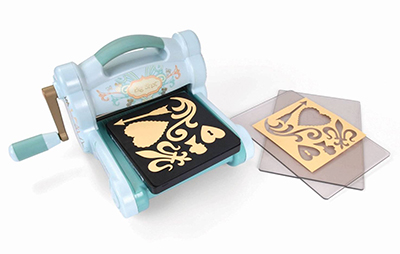 Jaker Chen
Jaker Chen  April 09,2022
April 09,2022
⭐Common printing methods:
According to the different printing plates used, common printing methods can be divided into four major categories: letterpress printing, gravure printing, offset printing and stencil printing:
(1) Letterpress printing, the graphic part of the printing plate is raised, which is obviously higher than the blank part. The printing principle is similar to the seal. Early woodblock printing, movable type printing and later type printing are all letterpress printing.
(2) Gravure printing, the graphic part of the printing plate is lower than the blank part, and is often used for printing securities such as banknotes and stamps.
(3) Lithography. The graphic part and blank part of the printing plate are almost on the same plane, and the printing method is based on the principle of oil and water.
(4) The stencil printing, the graphic part of the printing plate is a hole, the ink is transferred to the surface of the substrate through the hole, and the common stencil printing includes a hollow plate and a silk screen.
⭐Common industrial printing methods:
Since the invention of woodcut printing technology in China, the printing methods have been changing rapidly and are all-encompassing. The most commonly used industrial printing methods today are:
(1) Digital printing
Digital printing is a brand-new printing method that directly prints computer files on paper, which is different from the cumbersome process of traditional printing. Its characteristics: one piece of printing, no plate-making, instant waiting, error correction, variable printing, on-demand printing. Digital printing is a comprehensive technology developed on the basis of printing technology. It takes electronic text as a carrier and transfers it to digital printing equipment through the network to realize direct printing. The largest feature in the printing production process is that no plate and variable information are available, covering various technical fields such as printing, electronics, computers, networks, and communications.
(2) Flexographic printing
One type of letterpress printing is only suitable for printing plastic bags, labels and large and small plastic packaging. Usually the media input to the rubber plate printing machine is packaged instead of single sheet, and it needs to be cut one by one after printing. The fineness of printed dots and lines is far less than that of offset and letterpress printing, and it cannot be used to print books and periodicals.
(3) Gravure printing
It is suitable for printing high-quality and expensive prints. Whether it is color or black and white pictures, the gravure printing effect can be comparable to photographs. Due to the high cost of plate-making and the large volume of printing, it is also one of the less commonly used methods. It is suitable for printing securities, stocks, gift certificates, commercial credit certificates or stationery.
(4) Letter printing
A type of letterpress printing technology is generally used when there are many texts, few photos and pictures, large opportunities for text changes, and few prints. It is suitable for printing small batch tasks such as printing invitation cards, business cards, labels and small packaging boxes. The traditional serial number printing and small trademark overprinting are all carried out in letterpress.
(5) Offset printing
Offset printing is also a type of lithographic printing. It can accurately restore the color, contrast and gradation of the original with high precision. It is the most common paper printing method at present. It is suitable for posters, introductions, manuals, newspapers, packaging, books, magazines, monthly calendars and other related color prints.
(6) Screen printing
As a printing technology with a wide range of uses, according to the differences in printing materials, it can be divided into: fabric printing, plastic printing, metal printing, ceramic printing, glass printing, electronic product printing, lottery screen printing, electronic decoration whiteboard screen printing, metal confession Board screen printing, stainless steel screen printing, light reflector screen printing, screen transfer anodized aluminum, screen printing and lacquer screen printing, etc.
One of the stencil printing technology, the printing ink is particularly thick, and the most suitable for making special effects. The quantity is not large and the ink color needs density is particularly suitable. It can also be printed on three-dimensional surfaces, such as square boxes, boxes, round bottles, cans, etc. In addition to paper, it can also be printed cloth, plastic fabric, plywood, film, metal sheet, glass, etc. Common new products are banners, pennants, T-shirts, corrugated cardboard boxes, soda bottles and circuit boards. The flexibility of screen printing is unmatched by other printing methods.
(7) Transfer printing
One of textile printing methods. It began in the late 1960s. A printing method that prints a certain dye on paper and other materials first, and then transfers the pattern to the fabric by hot pressing. Mostly used for printing chemical fiber knitwear and clothing. Transfer printing goes through processes such as dye sublimation, migration, melting, and stripping of Shank ink layer. Transfer printing is to first print the dye material on the transfer printing paper,
The transfer printing then transfers the dye in the pattern to the textile by heat treatment during the transfer printing and fixes it to form the pattern. The most used transfer printing method is to use disperse dyes to transfer on synthetic fiber fabrics by dry method. In this method, the disperse dye and paste powder (Shanghai Sixi Chemical Co., Ltd.), alcohol, benzene and other solvents and resin are first selected and mixed into an ink, which is printed on tough paper to make transfer paper. When printing, the patterned side of the transfer paper is overlapped with the fabric. After high temperature (220 degrees) hot pressing for about 1min, the disperse dye sublimates into a gaseous state and is transferred from the paper to the fabric. No water washing treatment is needed after printing, so no sewage is produced, and the effect of bright colors, distinct layers and delicate flower shapes can be obtained. However, the existing ecological problems require a large amount of transfer paper in addition to the dyes and additives in the color paste. These transfer papers are difficult to recycle after printing.
⭐Common printing process
(1)Local UV oil coating, UV varnish
UV printing is a printing process that uses UV drying and curing inks. It needs to be matched with the photosensitizer containing UV curing lamps. The application of UV printing is one of the most important contents in the printing industry. UV ink has covered the fields of offset printing, screen printing, inkjet, pad printing, etc. The traditional printing industry refers to UV as the process of printing effect, which is coated with a layer of varnish (bright, light, inlaid crystal, gold onion powder, etc.) ). ) On the printed matter you want, the main purpose is to increase the brightness and artistic effect of the product, protect the surface of the product, because it has high hardness, corrosion resistance and friction, and it is not easy to scratch. Some laminated products are now changed to UV, which can meet the environmental protection requirements, but UV products are not easy to bond, and some can only be solved by local UV or grinding.
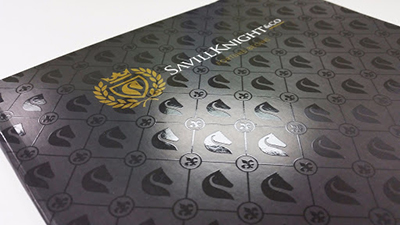
The advantages of UV are:
(A) Fast curing: UV ink and UV varnish can be fully cured within 1 second to a few seconds, especially for non-absorbent substrate printing, it is also particularly suitable for multi-color high-speed printing. When printing aluminum foil paper (or aluminum foil cardboard), if ordinary ink is used, it may take several hours or even 24 hours to dry completely after printing. In order to enter the next process, switch to UV ink printing, printing immediately after curing and drying can improve production efficiency.
(B) Green printing: Because UV inks and UV varnishes are solvent-free, there is no solvent evaporation problem, so they will not cause pollution to the atmosphere. At the same time, because the dust removal is canceled, the working environment is greatly improved and the machine wear caused by dust removal is reduced. .
(C) High efficiency and high quality: UV printing has a short production cycle, high production capacity, clear printing dots, good friction resistance and corrosion resistance of the ink layer, and good gloss, so it is difficult for ordinary inks to achieve the effect of UV printing. UV coating quality is also better than solvent-based, and has a greater unparalleled effect than the coating film.
(D) Low energy consumption and moderate price: UV inks and UV varnishes do not contain solvents, and curing does not require thermal energy. Its curing energy consumption is only about 20% of solvent-based inks and solvent-based varnishes; although UV inks and The price of UV varnish is very high, but due to low energy consumption and high utilization rate required for curing, its use price is still acceptable.
(2) Spot UV-coating
Partial UV glazing is one of the finishing techniques of printed surface. It is named because it uses UV varnish with high brightness, transparency and wear resistance to selectively varnish printed graphics. While highlighting the theme of the layout, it also improves the surface decoration effect of the printed matter. Local UV is mainly used in the finishing of book covers and packaging products to achieve the purpose of adding icing on the cake. Common local UV effects are: local light, local extinction, local scrub, local colorful, local refraction, local wrinkles and local ice flowers.
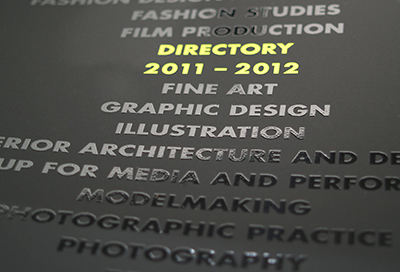
(3) Gloss (Matte) varnish
Varnish refers to a liquid that is applied to the surface of printed matter to increase gloss, abrasion resistance, and water resistance. Varnishes include water-based varnishes, oily varnishes, UV varnishes, alcohol-soluble varnishes and other varieties. At present, the most widely used in China is water-based varnish, because it has very good environmental performance. Similar to the varnish, the surface of the printed product after matt oil has the characteristics of wear resistance and water resistance. However, the surface of the printed matter after matt oil has no glossiness, and the texture is thick and solemn. Some people think that it is higher than the light film and its price is more expensive.
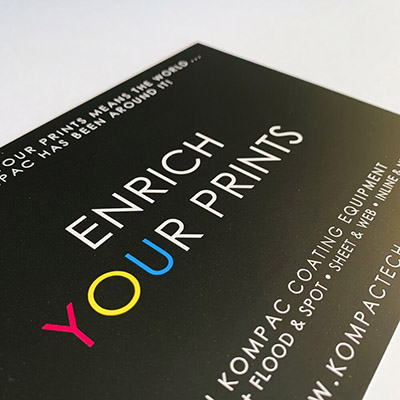
(4) Hot stamping, Bronzing
The bronzing process uses the principle of hot-press transfer to transfer the aluminum layer in the anodized aluminum to the surface of the substrate to form a special metal effect. Because the main material used for bronzing is the anodized aluminum foil, so bronzing is also called anodized aluminum hot stamping. Anodized aluminum foil is usually composed of multiple layers of materials, the substrate is often PE, followed by separation coating, color coating, metal coating (aluminum plating) and glue coating. In the printing industry, it is commonly used to hot stamp anodized aluminum foil on paper, which is called hot stamping, which is a general term for a process. Bronzing does not mean that the gold is hot. There are many types of gold foil paper, including gold, silver, laser gold, laser silver, black, red, green and so on.
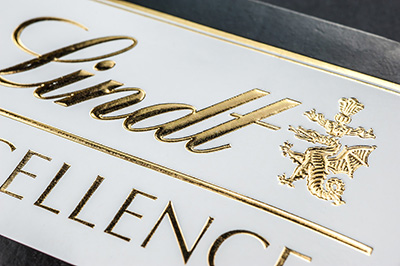
(5) Membrane, Laminating, Metallic Laminating
Laminating is one of the main processes of post-press processing. It is to bond the plastic film coated with the adhesive to the paper print after heating and pressing to form a paper-plastic product. It is currently common. One of the post-printing processes of paper prints. After the film-printed product is covered with a thin and transparent plastic film, the surface is smoother and brighter, which not only improves the gloss and fastness of the printed product, but also extends the service life of the printed product. Waterproof, antifouling, abrasion resistance, folding resistance, chemical corrosion resistance and other protective effects. If the transparent bright film coating is used, the printed graphics of the coated product will be more vivid and full of three-dimensional sense, which is especially suitable for the packaging of green food and other commodities, which can arouse people's appetite and consumption desire. If the matte thin film is used, the coated product will give consumers a noble and elegant feeling. Therefore, the packaging printed matter after film coating can significantly improve the grade and added value of the product packaging.
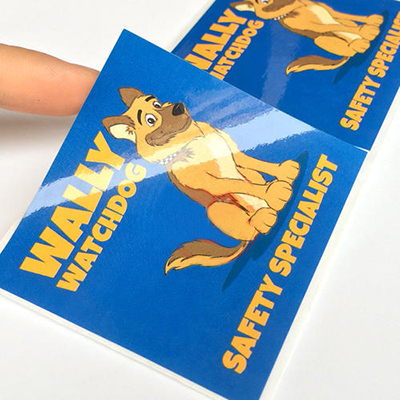
(6) Matte(gloss) PP lamination, Matte(gloss) lamination
Its principle is to apply special glue to a special plastic film and then heat and press it together with the paper. The final product is a light film or a dumb film. The light film is the most transparent and has no effect on the ink color, but its reflection is sometimes not very flattering. For example, when the handbag is covered with the light film, it shines. After the color is loaded, it will appear very soft and very advanced. The calendar is also not a practical light film, because it disturbs the eyes, but on flat surfaces such as paperback covers and carton boxes, the consequences of being as bright as a mirror are good. The texture of the matte film is thick and solemn, and some people think that it is higher than the light film, and its price is more expensive, but it affects the color of the ink like varnish, and it is very picky. Standard colors are not suitable for dumb film.
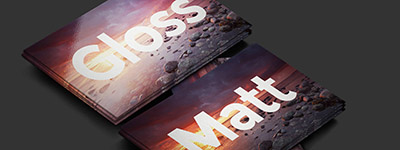
(7) Emboss
Embossing is an important process in the post-printing process of packaging. It is an imprinting method that does not use printing ink. When embossing, a set of concave and convex stencils corresponding to the graphic yin and yang are used, and the substrate is placed between them. Apply large pressure to emboss relief-like concave and convex graphics. This method is mostly used for post-press processing of printed materials and paper containers, such as the decoration of trademarks, cigarette packs, cartons, New Year cards, bottle labels, etc. Vivid and beautiful three-dimensional sense. Properly used embossing process can increase the layering of printed patterns and play a finishing touch on packaging products.
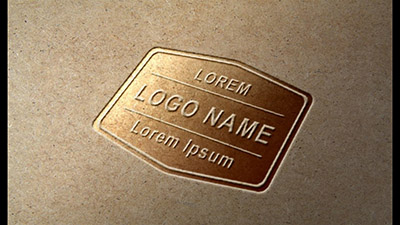
(8)Bronze printing
Gold printing is not the same as hot stamping. Gold printing is printed on the material with a metallic ink spot color, and hot stamping is used to hot stamp the anodized aluminum on the material. Printing gold can be divided into two kinds of fake gold and special gold. Fake gold is the gold that comes out with 4 colors; special gold is printed with 4 colors and special colors. This printing method needs to hollow out the position of the special gold. . Gold printing technology is widely used in the packaging of cigarettes, wine, medicines, cosmetics and high-end food, as well as the printing of greeting cards, invitations, almanacs and other products. It can be applied in most cases and has no special requirements for media. Can make the added value of commodities greatly improved.
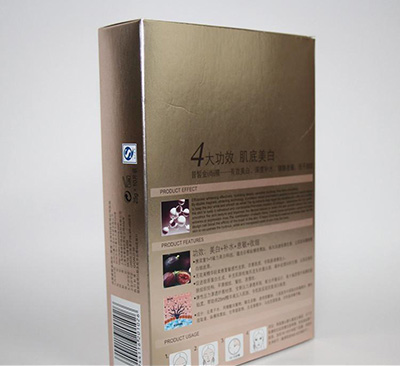
(9)Shrink wrap
Shrink packaging is to wrap the article (or inner package) with a shrink film, and then heat the film appropriately to shrink the film and stick it to the article (or inner package). In the plastic film manufacturing process, for the The plastic film obtained by stretching and rapidly cooling above the glass transition temperature of the polymer can return to the state before stretching if reheated. Shrink packaging technology is developed using the heat shrinkability of the film, that is, a suitable size (generally 10% larger than the size of the item) of the heat shrinkable film is placed on the outside of the packaged item, and then briefly heated with a hot air oven or hot air spray gun, the film It will shrink immediately and wrap tightly around the item. The item can be a single piece, or it can be an orderly arrangement of multiple pieces of cans, bottles, cartons, etc.
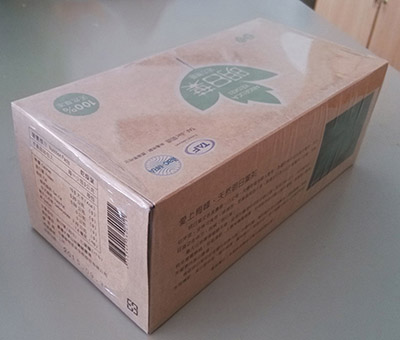
(10)Plastic package
There are two types of plastic sealing: thermoplastic and cold plastic. Thermoplastic is the use of multi-stage temperature control, rolling heating method to generate high temperature to shape the plastic film and data sheet. Cold molding is to use plastic film with adhesive or magnetic to shape the plastic film and data sheet without heating.
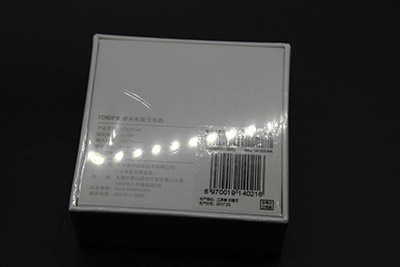
(11) Staple, Saddle stitch
Horseback binding is a simple book binding format. During processing, the cover is matched with each post of the book block to form a book. After binding and cutting, the book can be made into a book. The bound saddle stitched book is exposed on the last fold of the book. Because the book block is bound on the stapler when stapling, it is called saddle stitching. The saddle stitching has a short binding cycle and low cost, but the wire used is difficult to penetrate thick paper pages, so books with more than 32 pages cannot be saddle stitched.
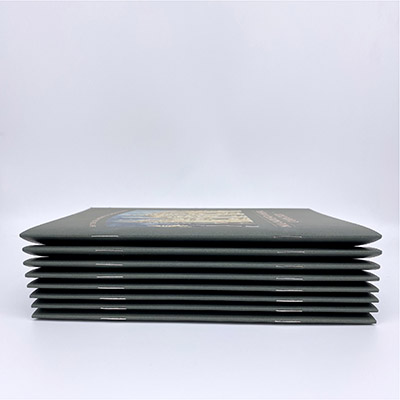
(12)Section sewing
Thread-binding glue binding refers to a binding method in which the pages are threaded together and then the pages of the printed matter are fixed on the spine with glue. The advantage of thread-locking glue binding is that the book block is glued and the line is fixed. When the book is opened, the content of the book can be fully displayed, from the book publishing to the automatic finishing method.
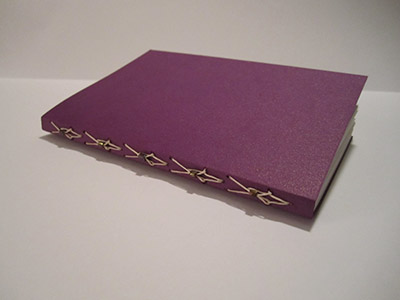
(13)Perfect binding
Wireless perfect binding refers to a method of binding each page of printed matter on the spine with glue. Unlike wired binding in the past, wireless binding does not use wires or wires, but glues book blocks with glue.
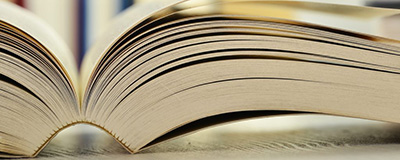
(14)Die cutting
Traditional die-cutting is a cutting process for the post-processing of printed matter. The die-cutting process can make printed matter or other paper products into a die-cutting knife plate for cutting according to the previously designed graphics, so that the shape of the printed matter is no longer Limited to straight edges and right angles. The traditional die-cutting production die-cutting knife is combined into a die-cutting plate according to the pattern of product design requirements, and under the action of pressure, the printed matter or other plate-shaped blanks are rolled and cut into the desired shape or cut forming process.
